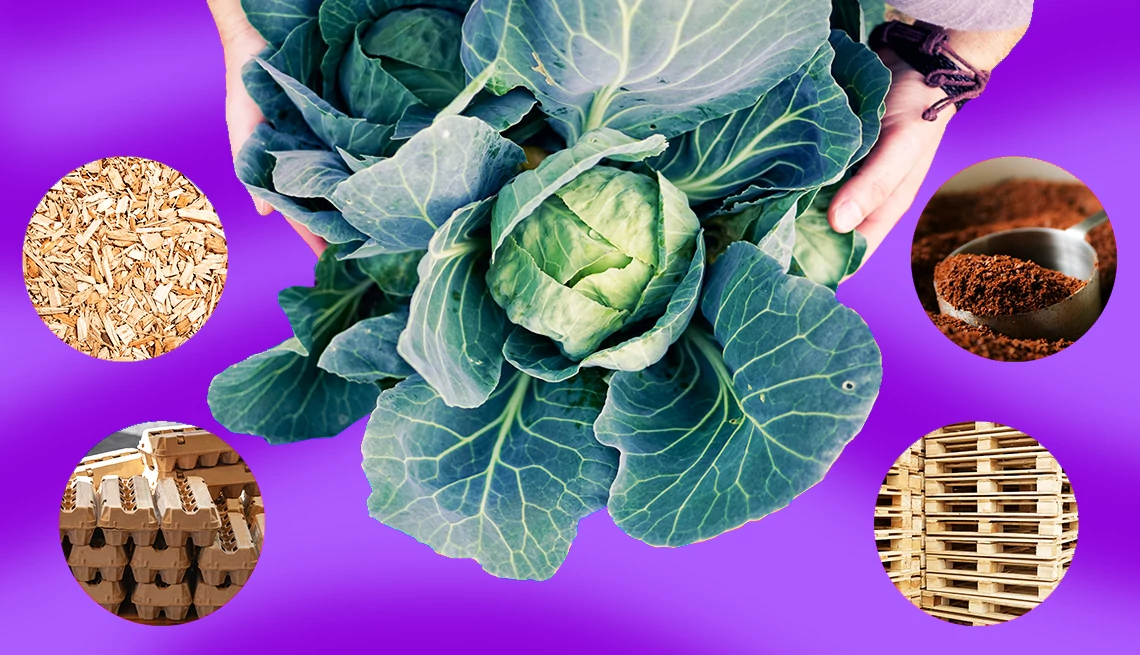AARP Hearing Center


Growing a garden not only connects us to nature. It gets us up, out and moving — all great reasons to make it your 50-plus hobby. But gardening costs can add up quickly. Items such as seeds, plants, containers and mulch need to be purchased at least once each year. And that might not fit into your retirement budget. The good news? There are free gardening supplies all around you — if you know where to look.
Here are seven free items to source for your garden.
Coffee grounds
Some local coffee shops and well-known chains give away used coffee grounds to those who want to add them to their compost bin. “Coffee grounds are great for soil structure,” says Pamela J. Bennett, a professor of horticulture at the Ohio State University who serves as the State Master Gardener Volunteer Program director.
Incorporate them into your compost pile, she says, adding that it’s also a way to minimize what gets put in the trash. Compost is an amendment that adds nutrients back into the soil. But don’t sprinkle coffee grounds on your soil or around your plants; it’s not a fertilizer, says Bennett.
Manure
Manure is a good source of organic matter that is wonderful in compost because it helps improve soils, says Bennett. “[Manure] creates soil aggregates that help to provide oxygen and water drainage,” she notes.
Visit farms because they are often looking to get rid of the manure or befriend neighbors who have backyard animals like rabbits, says Bennett. If you live near riding stables or know friends or family who have horses, ask them for manure, says Jeff Rugg, a professional gardener and owner of Greener View, a gardening and landscaping informational website, book and YouTube channel. You can also check your local zoo as some offer “Zoo Doo,” such as the Seattle zoo, though it’s usually for sale rather than free, Bennett says.
Pro tip: “You never want to use fresh manure in your garden — it’s too high in nitrogen and it will kill the plant,” Bennett says. Instead, put on plastic gloves and place fresh manure in the compost pile for over a year, she adds, because it reduces any chance of disease-causing bacteria such as E. coli.
Wooden pallets
Buying wood to build your own vegetable or flower garden can be costly. That’s why wooden pallets, often used by companies to ship items, are a great alternative, says Resh Gala, a gardening expert and founder of Hundred Tomatoes LLC, a kitchen garden company that designs, installs and maintains organic vegetable gardens.


































































More From AARP
Sensory Gardens: Engage Your Senses
Taking time to stop and smell the roses offers health benefits
Great Ways to Celebrate Living Alone
Blast your music, stay up late and live with joyful abandon
35 Summer Books for Your Reading List
Hot thrillers, sci-fi, fantasy, feel-good fiction and more